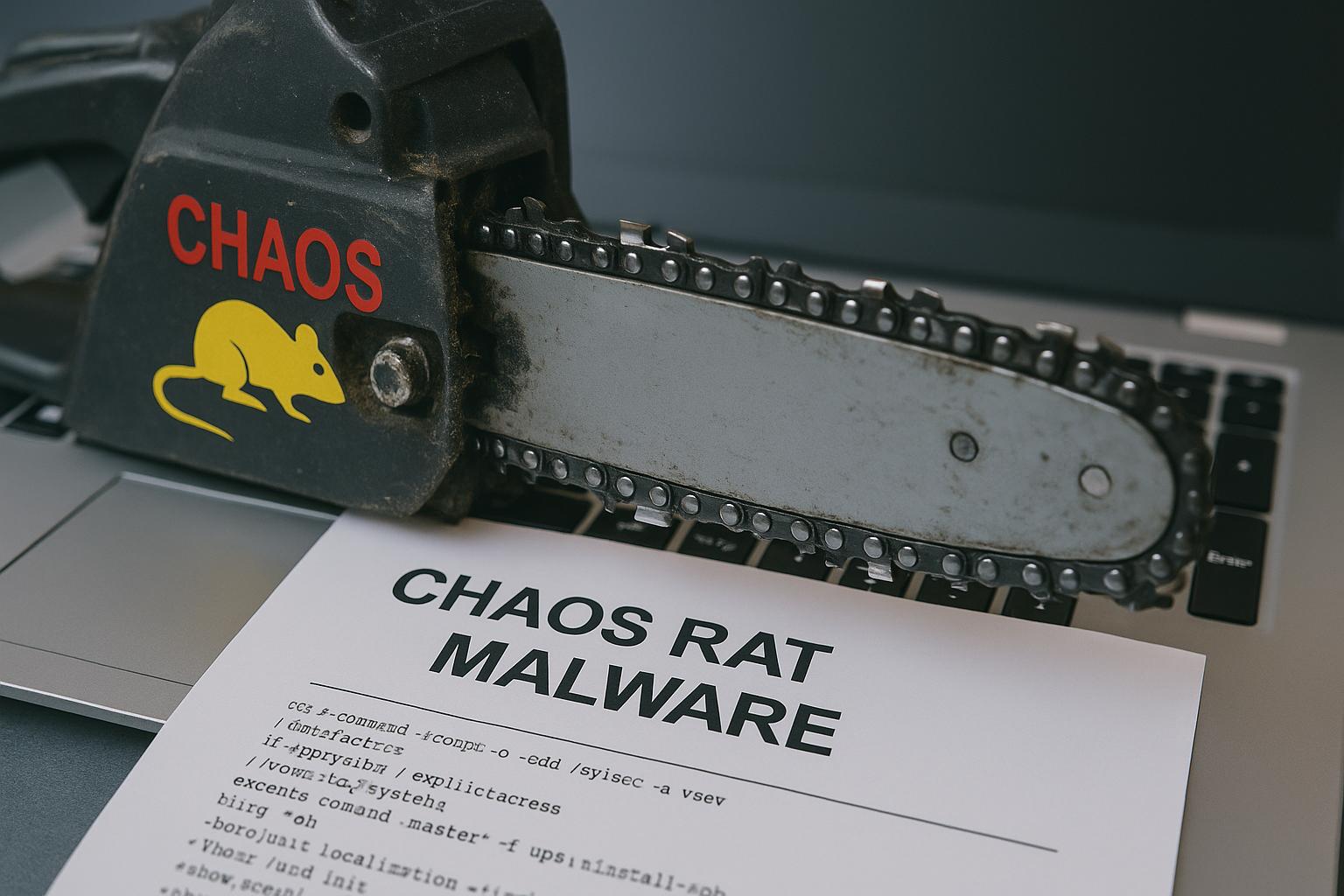In recent developments in the cybersecurity landscape, a new variant of a remote access trojan (RAT) known as Chaos RAT has gained attention for its potent capabilities targeting both Windows and Linux systems. According to a report by Acronis, the malware was deceptively distributed as a network troubleshooting utility, aiming to entice victims into downloading the malicious software.
Chaos RAT, designed in Golang for cross-platform functionality, offers features reminiscent of popular frameworks like Cobalt Strike and Sliver. Security researchers Santiago Pontiroli, Gabor Molnar, and Kirill Antonenko highlighted that its administrative panel allows users to build payloads, control compromised machines, and issue commands. The malware’s first notable emergence occurred in December 2022, during a campaign that exploited vulnerabilities in public-facing web applications.
Once installed, Chaos RAT facilitates a broad range of malicious activities, connecting to remote servers to initiate commands such as file management, system command executions, and capturing screenshots. The latest version, 5.0.3, was made available on May 31, 2024. Acronis also noted that its Linux variants are increasingly linked with cryptocurrency mining operations, showcasing an evolving threat landscape.
Phishing emails have been identified as the primary vector for distributing Chaos RAT, often containing links or attachments that lead to its installation. The malware’s persistence strategy involves modifying the task scheduler on Linux systems to ensure ongoing access. Furthermore, instances where the malware is masqueraded as legitimate utilities raise serious concerns about user security and trust.
Recent analyses uncovered an admin panel vulnerability, allowing elevated server access to potential adversaries. Despite the vulnerabilities’ subsequent soft patches, expert commentary suggests that the use of open-source tools like Chaos RAT by threat actors complicates traditional attribution efforts and enables broader cybercrime activities.
This disclosure has coincided with emerging campaigns targeting Trust Wallet users, further highlighting the ongoing risks and challenges within the cybersecurity domain. As more actors adopt such tools, concerns continue to mount regarding the implications for digital safety and the sophistication of malware exploits.

